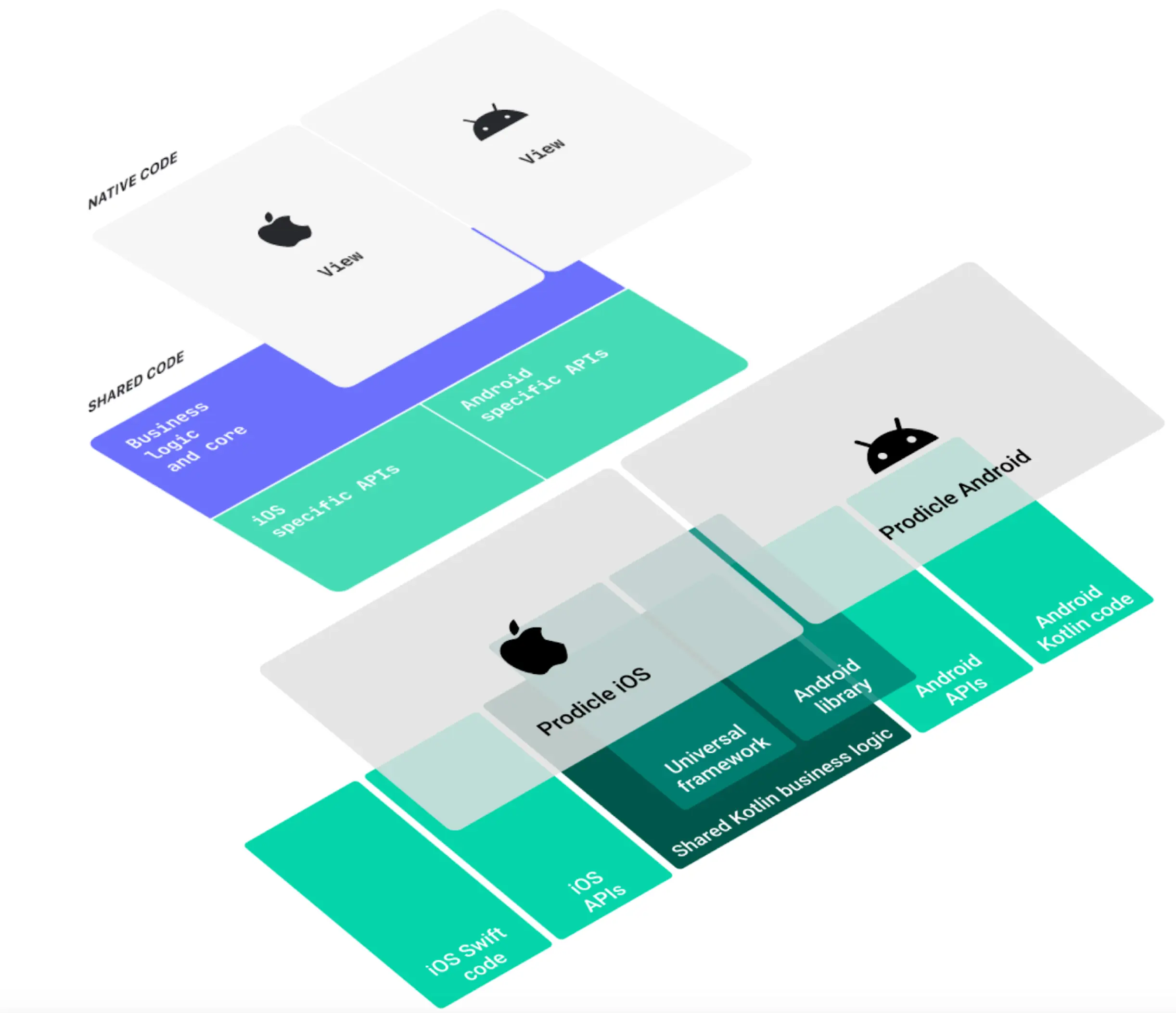
Serving Markdown with Ktor: A Lightweight Approach to Blogging

Hey there, fellow coders and curious minds! Have you ever found yourself tangled in the web of web development, thinking there must be a simpler way to serve up your delicious content without getting caught in the sticky mess of HTML and CSS? Enter Ktor, the knight in shining Kotlin armor, here to rescue you from the dragon of complexity.
What’s Ktor, You Ask?
Ktor is a framework for building asynchronous servers and clients in connected systems using the powerful language of Kotlin. It’s like having a Swiss Army knife for web development, but instead of opening wine bottles, it helps you effortlessly create web applications, APIs, and, yes, serve Markdown content.
The Stack of the Trade
Imagine your tech stack as a stack of pancakes. At the base, you have Kotlin, fluffy and ready to support the layers above. Next comes Ktor, adding the flavor with its ability to handle requests and responses with ease. And finally, we sprinkle some Markdown on top, because who doesn’t love easily formatted text that turns into beautiful web pages?
Markdown in Ktor: A Match Made in Heaven
Serving Markdown content with Ktor is like putting on socks before your shoes; it just makes sense. Markdown allows you to write using an easy-to-read, easy-to-write plain text format, which Ktor can then serve as styled HTML on your website. It’s a streamlined process that keeps your content management as simple as writing a text document.
The Recipe for Success
Here’s a snippet on how to whip up this delightful dish:
-
Prepare Your Markdown: Write your blog post in Markdown, complete with YAML front matter for that sweet, sweet metadata.
-
Read and Parse: Use Ktor to read the Markdown file and parse it, transforming it into HTML. Don’t forget to sprinkle in some
flexmark-javafor parsing! -
Serve Hot: With your content now in HTML, serve it to your users hot off the server, ready to be consumed.
val markdownContent = withContext(Dispatchers.IO) {
readFileAsText("blog/my-awesome-post.md")
}
val htmlContent = markdownToHtml(markdownContent)
call.respondText(htmlContent, ContentType.Text.Html)
The Secret Sauce: Flexmark Extensions
Remember those flexmark extensions we chatted about? They’re like the condiments that make your dish sing. Want tables, footnotes, or YAML front matter in your Markdown? There’s an extension for that!
YAML Front Matter: The Cherry on Top
Extracting metadata from your Markdown files using the YAML front matter is like finding treasure in a cave. It’s there to give you all the gems of information you need to categorize and organize your posts effectively.
val options = MutableDataSet().apply {
set(Parser.EXTENSIONS, listOf(YamlFrontMatterExtension.create()))
}
val parser = Parser.builder(options).build()
val document = parser.parse(markdownContent)
val visitor = YamlFrontMatterVisitor()
visitor.visit(document)
val frontMatter = visitor.data
A Call to Arms (Or Keyboards)
So, dear reader, are you ready to embark on this journey of simplicity and elegance in web development? With Ktor and Markdown by your side, you’re well-equipped to create content that’s not only easy to manage but a joy to write and read.
Why not give it a whirl and see where this adventure takes you? The world of efficient, enjoyable web development awaits, and remember, in the realm of coding, you’re only limited by your imagination (and perhaps the number of coffee cups by your desk).
Happy coding, adventurers!
P.S. Remember, every great developer was once a beginner, staring wide-eyed at their first “Hello World”. Keep learning, keep building, and keep sharing your stories.














